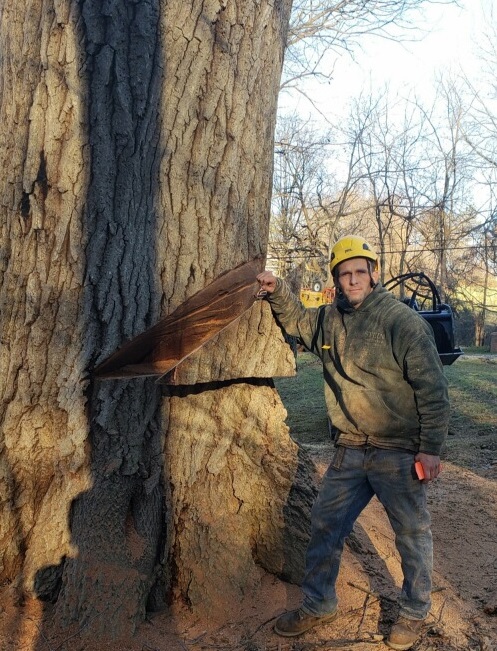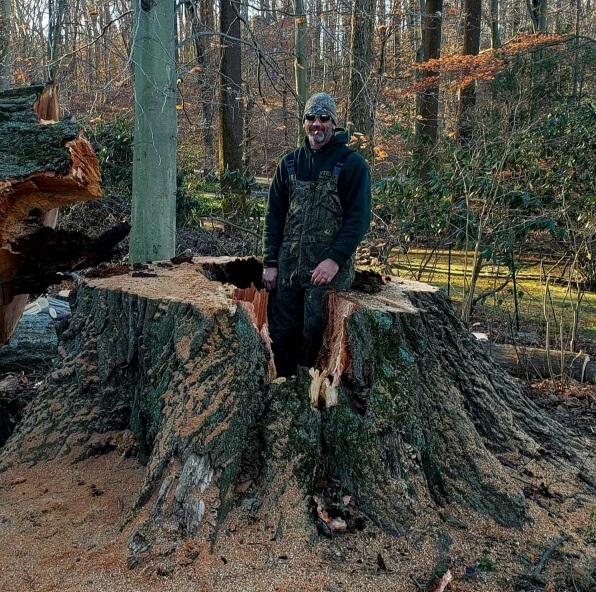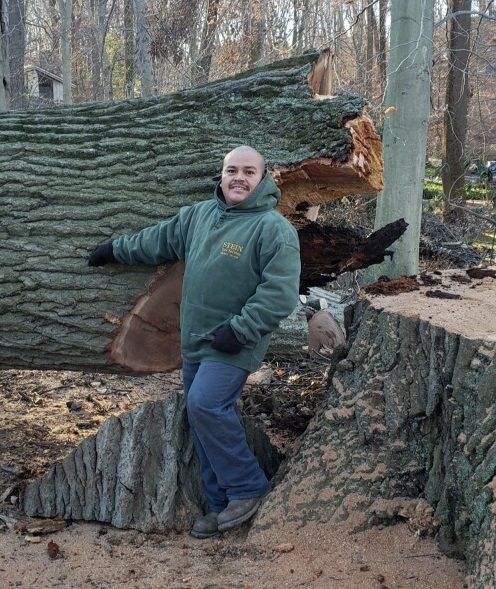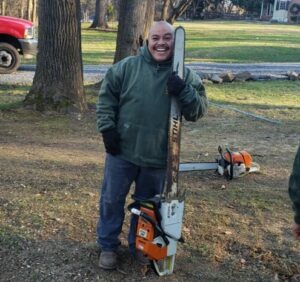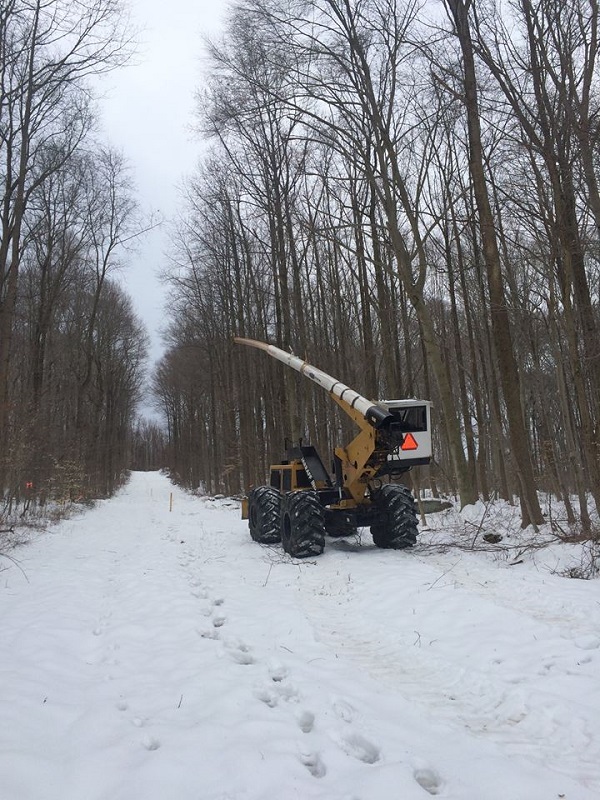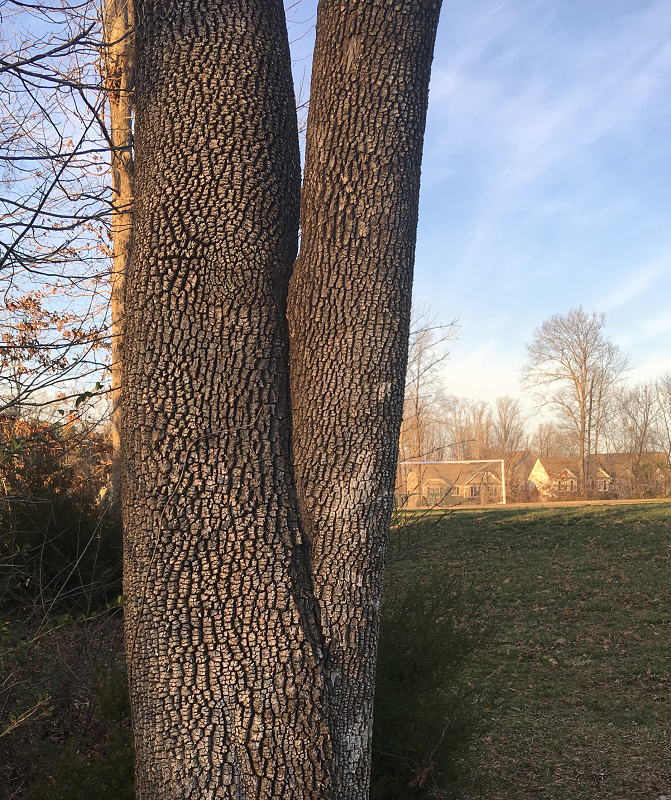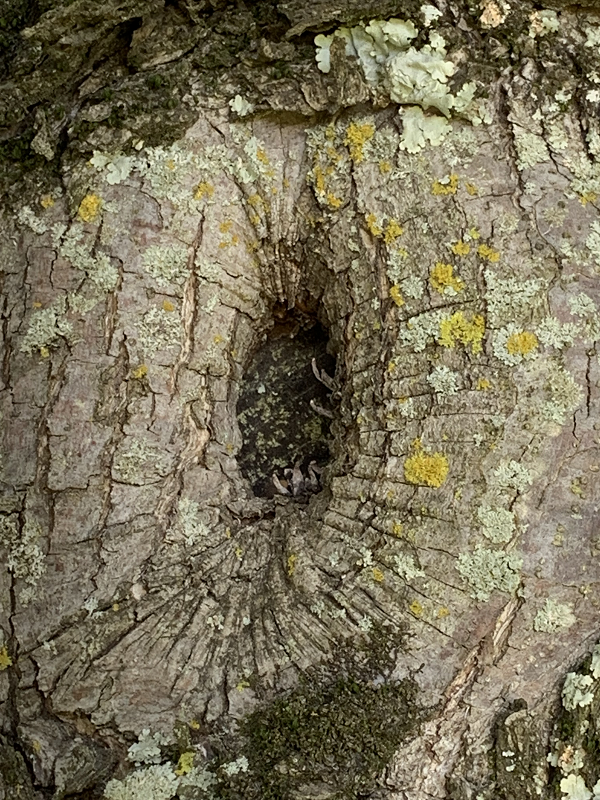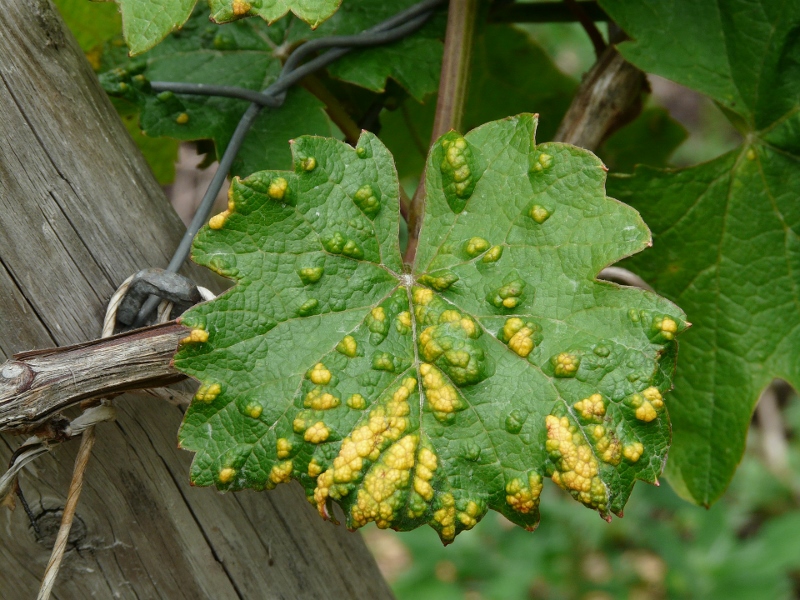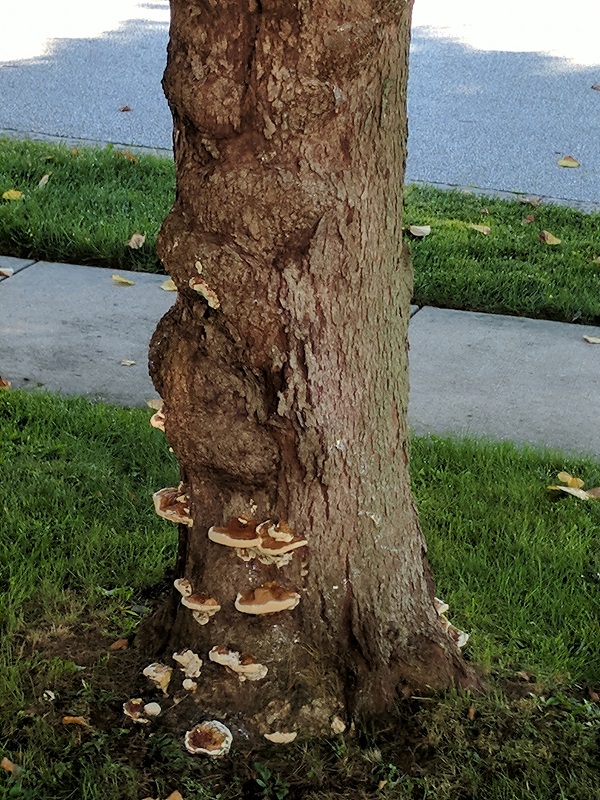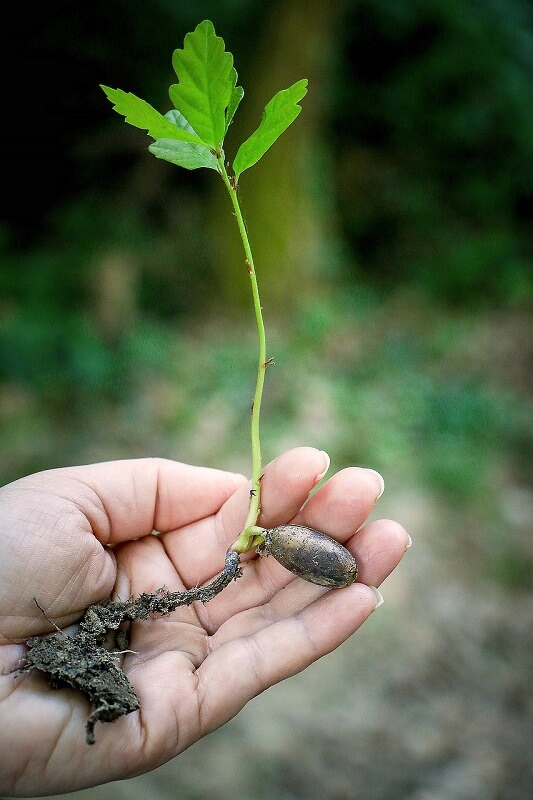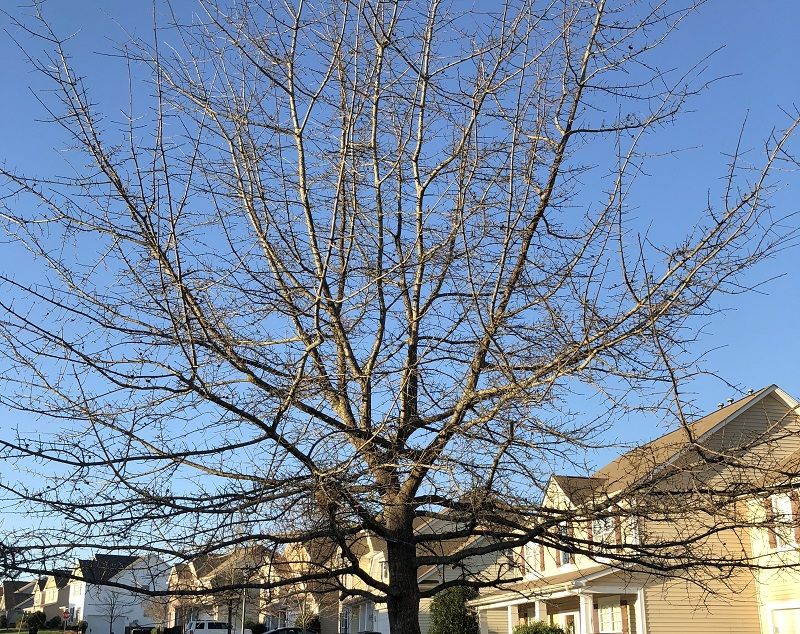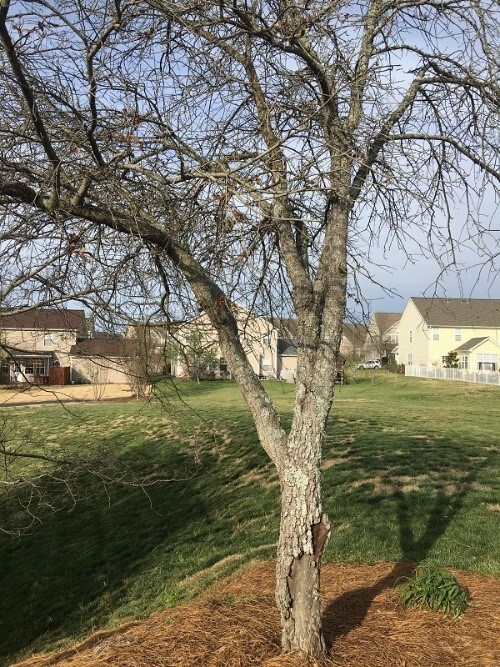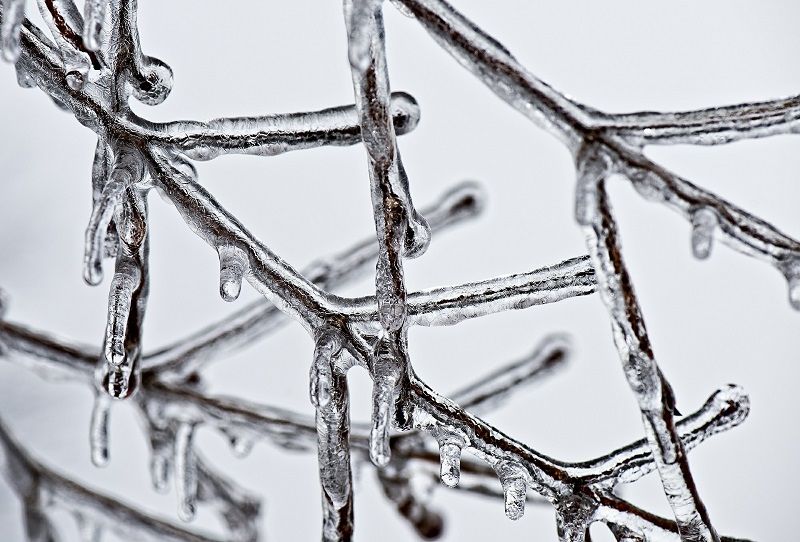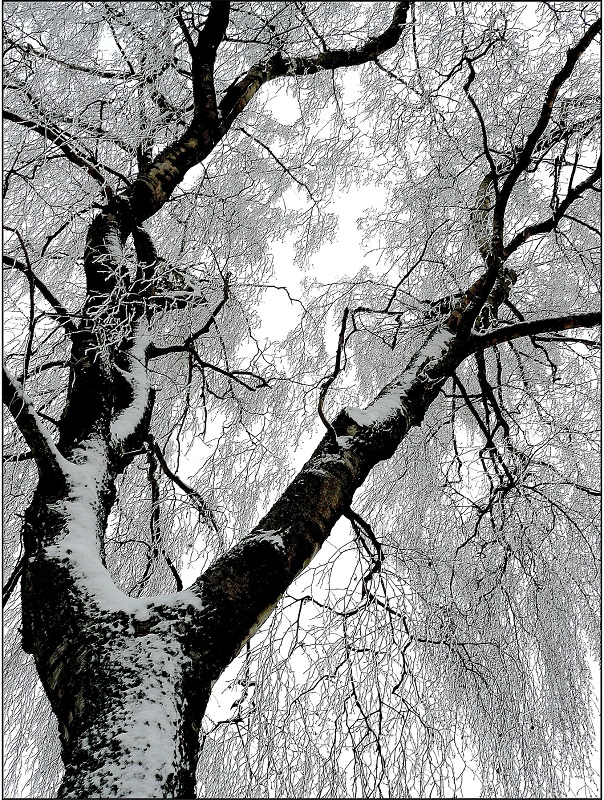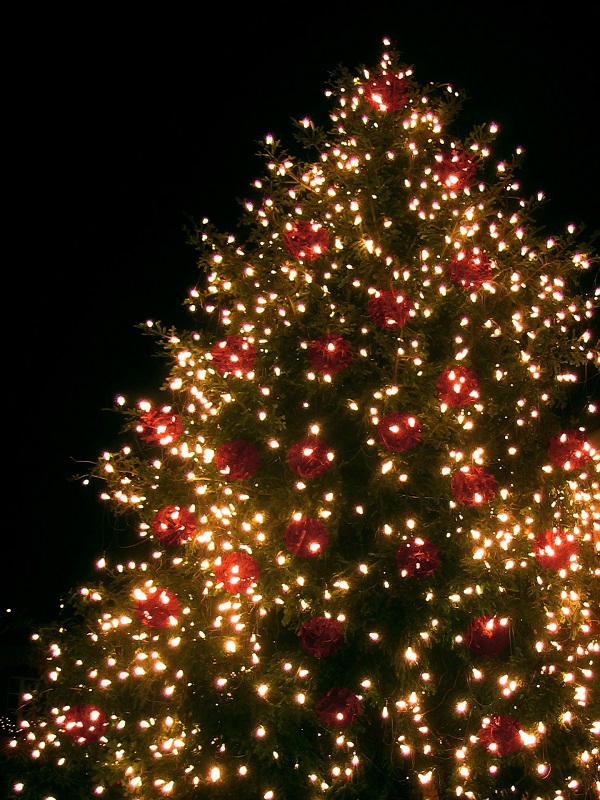4 Tips to Prepare Trees for Winter
The weather will soon get colder, so the time to prepare trees for winter is near. Your trees can risk being damaged during winter, especially during winds or snow and ice. Take care of your trees before winter, and help them withstand the cold weather better. And a few specific methods, such as watering, pruning, and wrapping, can keep your trees healthy and ready to bloom next spring. Stein offers a few tips to help prepare your trees for winter.
Why You Should Prepare Trees for Winter
With winter comes risks to your trees’ health and safety. The cold temperatures can cause stress and damage to tree roots and tissues. Strong winds and storms can break off branches and damage the surroundings. At the same time, snow and ice can add unexpected weight, potentially causing branches to snap. Even the sun and radiant heat can cause issues.
All these factors contribute to a challenging season for trees, making winter preparedness vital to minimize harm and preserve tree health. Below are 6 tips to help your trees during the winter season.
See Our Tree Trimming & Pruning Services
1. Tree Inspections
Winter is coming, and there is no better time to inspect your trees. Just like an annual health check-up is advisable for you, regular inspections are essential for the welfare of your trees. Inspections enable early detection and treatment of any existing or potential issues and assist in preparing the trees to withstand the harsh winter.
An experienced arborist can comprehensively evaluate tree health, assessing risk factors such as damaged limbs, signs of disease, pest infestation, or structural instability. Keeping your trees in check and taking proactive measures can enhance their winter readiness.
2. Water
Watering is one of the essential ways homeowners can prepare trees for winter. Water helps provide nutrients to trees and acts as an insulator, protecting the tree’s cells from cold weather damage. If the soil beneath a tree has adequate water, the soil stays warmer during the winter. Newly planted or young trees are even more susceptible to winter damage, so providing enough water before the ground freezes is especially important. Ensuring that your trees have had enough water before the cold weather kicks in will go a long way to keeping them healthy during winter.
3. Trimming & Pruning
Once fall is in full effect and after your trees have gone dormant, pruning and trimming will prepare them for the cold winter. Trimming and pruning trees before the winter minimize potential damage during winter winds or heavy snow. When trees lose their leaves in the late fall and early winter, identifying and removing unsafe branches is significantly easier.
Any wounds from trimming and pruning will heal more quickly since the tree is expending no energy on new growth, so the tree will be less likely to become infected by disease or insects. So to better prepare trees for winter and keep them healthy and your property safer, contact your arborist for pruning and trimming services.
4. Reflective Tree Wraps
Although cold damage is most common during winter, tree bark can also get damaged from the bright sun, which a reflective tree wrap can alleviate. When the winter sun shines directly onto and warms a tree trunk, the heat triggers a growth response, which results in new growth tissues that are susceptible to damage (called “sun scald”) once the temperature drops. Tree wraps work by reflecting sunlight, thereby preventing the tree trunk from absorbing excessive heat. The resultant controlled temperature inhibits that unexpected growth response in trees.
While reflective tree wraps can benefit certain species, tree-wrapping practices vary based on species, location, and tree health. Check with your arborist to see if this method is recommended for your trees.
5. Mulch
Many people think of mulch in the spring, but at any time of year, mulch can help prevent moisture loss from the soil and regulate soil temperatures. Add a thick layer beneath the tree’s drip line in late fall or early winter.
6. Stump or Tree Removal
Sometimes, despite all efforts, a tree or stump must be removed. Removal might be necessary if a tree is dead, in severe decline, disease-infested beyond recovery, or posing a risk to the surroundings. Winter storms could exacerbate weak conditions, turning the tree into a hazardous liability.
While tree removal is always a last resort, when necessary, hiring professional tree removal services ensure the process is conducted safely and effectively. With their abundance of knowledge, experienced tree specialists can provide an effective removal plan that minimizes harm to surrounding flora and structures.
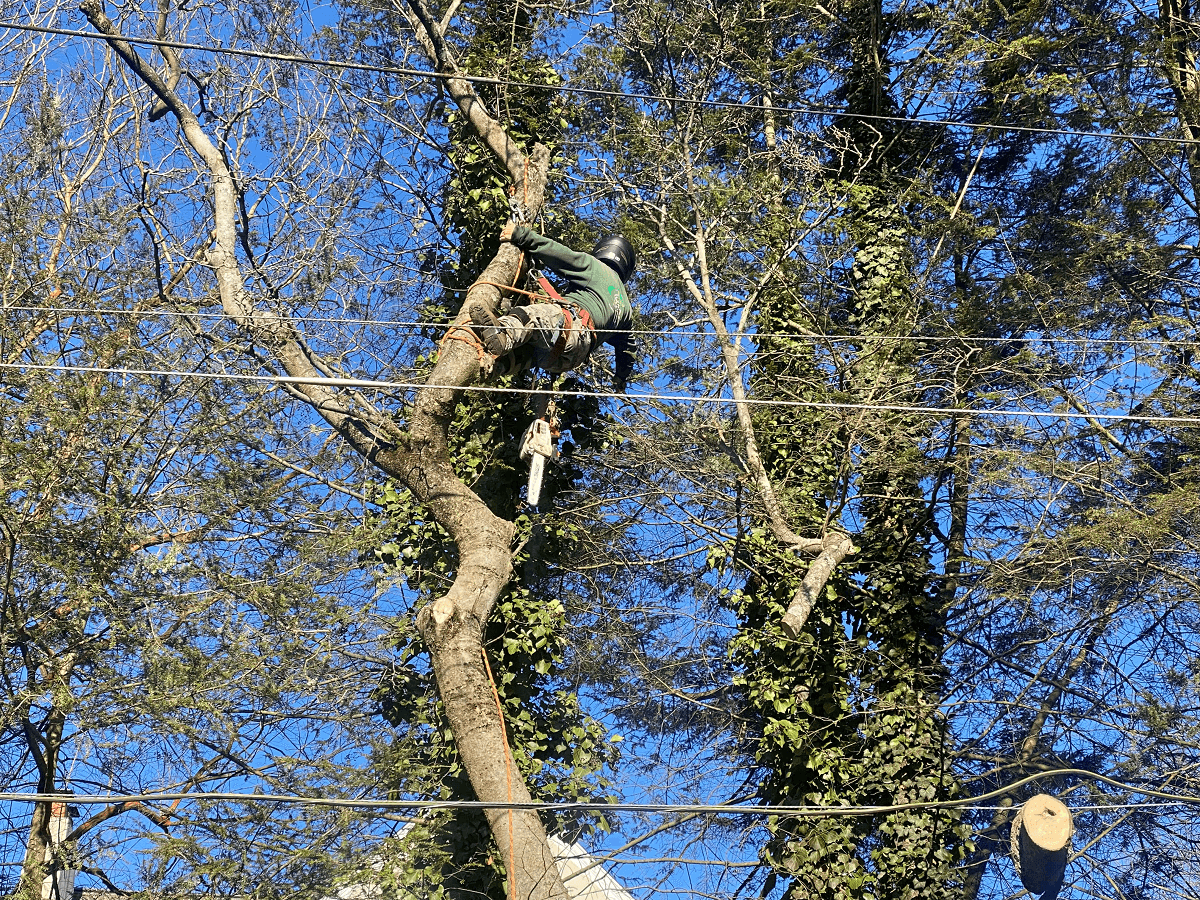
Contact Stein Tree Service to Prepare Your Trees for Winter
If you want to prepare trees for winter so your landscape remains healthy and beautiful, contact Stein Tree Service. Stein offers a wide range of plant and tree care services to keep your landscape in top shape before winter and all year round. We are the oldest independently owned tree care service company in Delaware, and our team of highly experienced tree care professionals will provide exceptional services. For more information on our services, contact us today.
Featured Programs
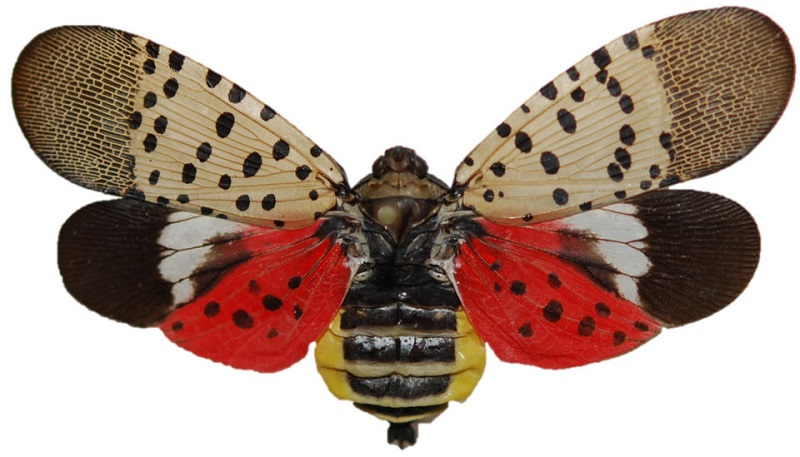
Stein has a permit to work in spotted lanternfly quarantine areas in Pennsylvania and Delaware. Tree Service Companies have to be trained in proper moving and disposal of materials to avoid spread of the spotted lanternfly and Stein has completed the training courses.
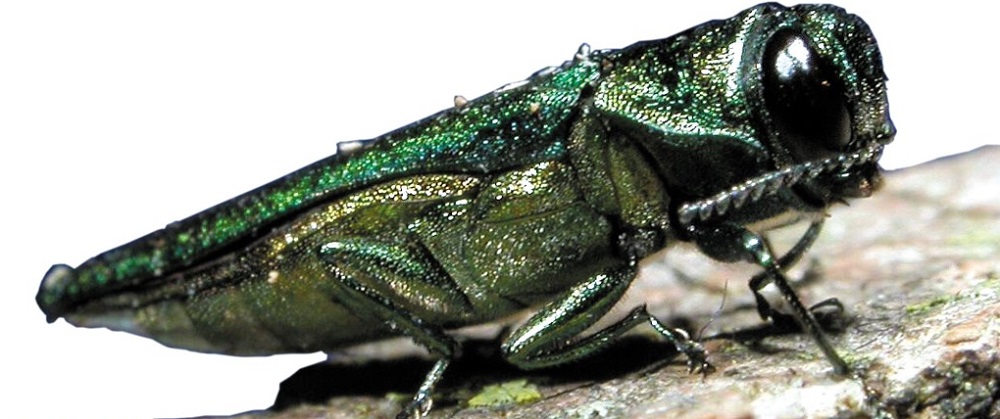
In the spring, destructive ash borer (EAB) adult beetles begin to emerge. These invasive pests can destroy your ash trees. Our specialists are certified to treat for EAP in Pennsylvania and Delaware. For A free consultation, contact us today.



